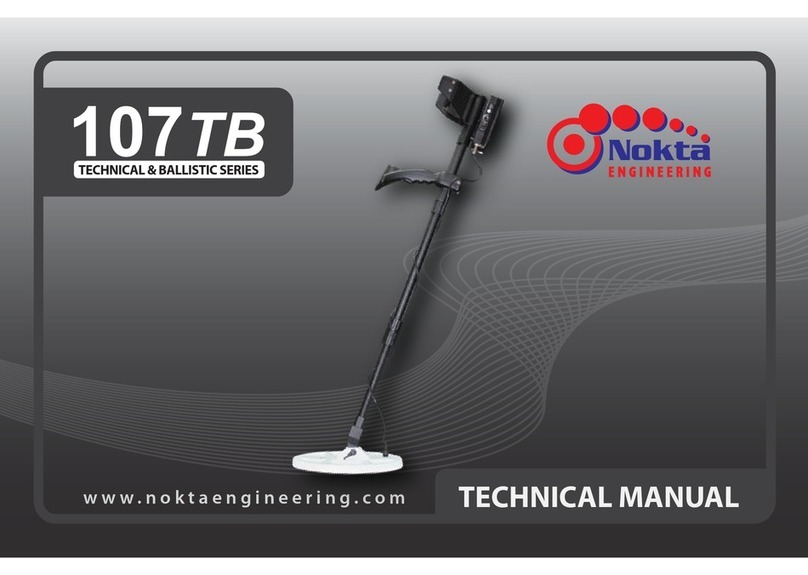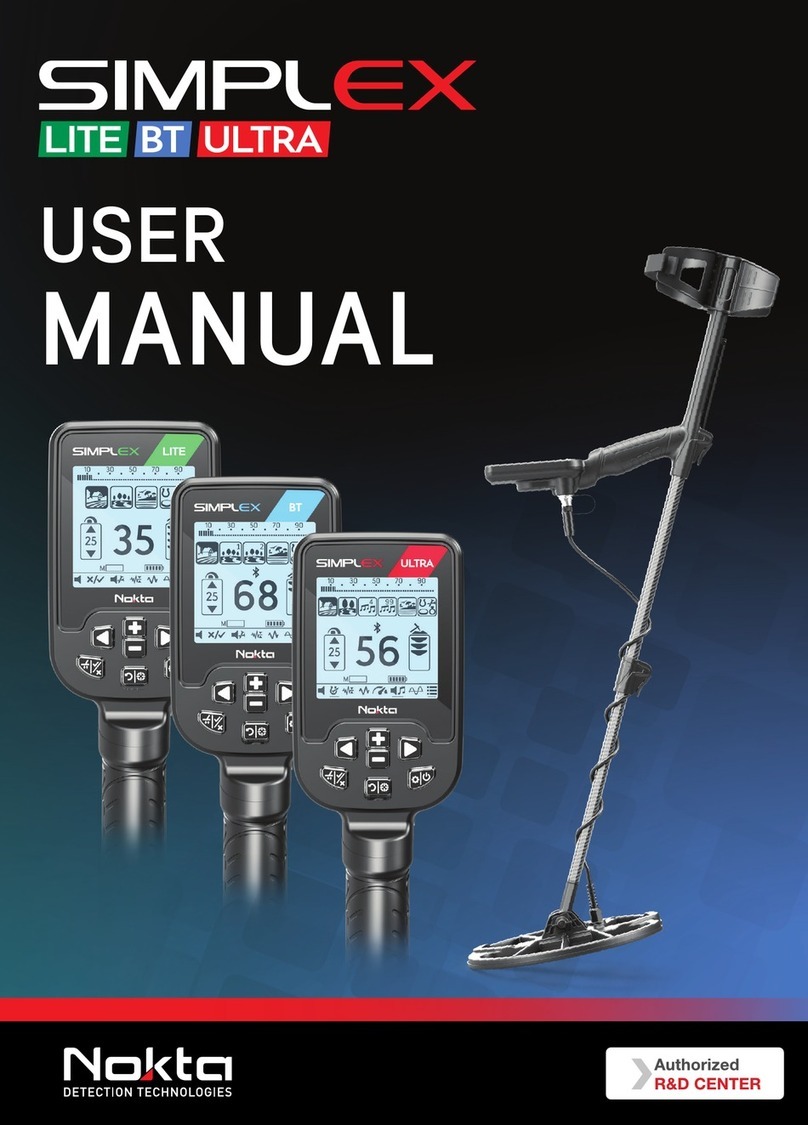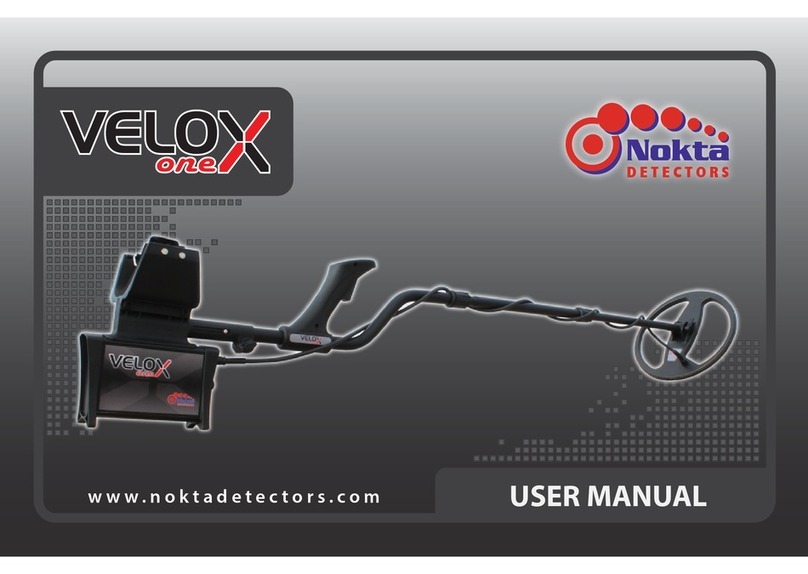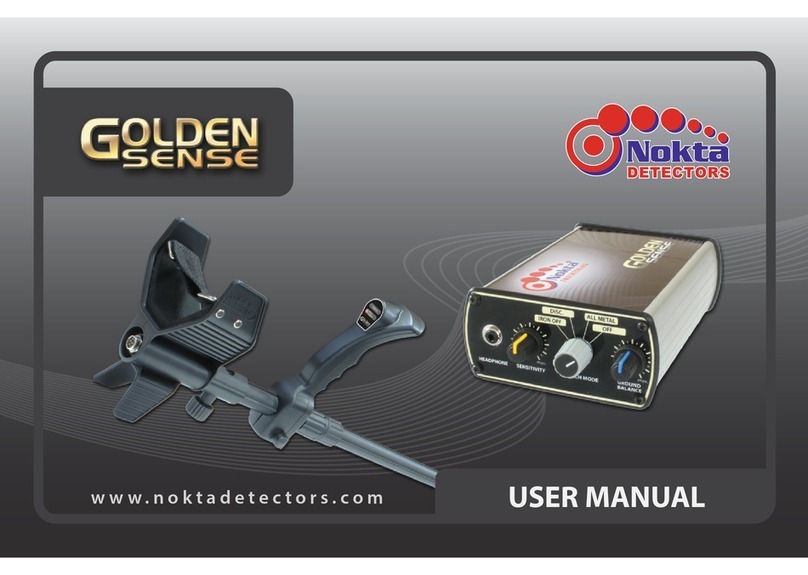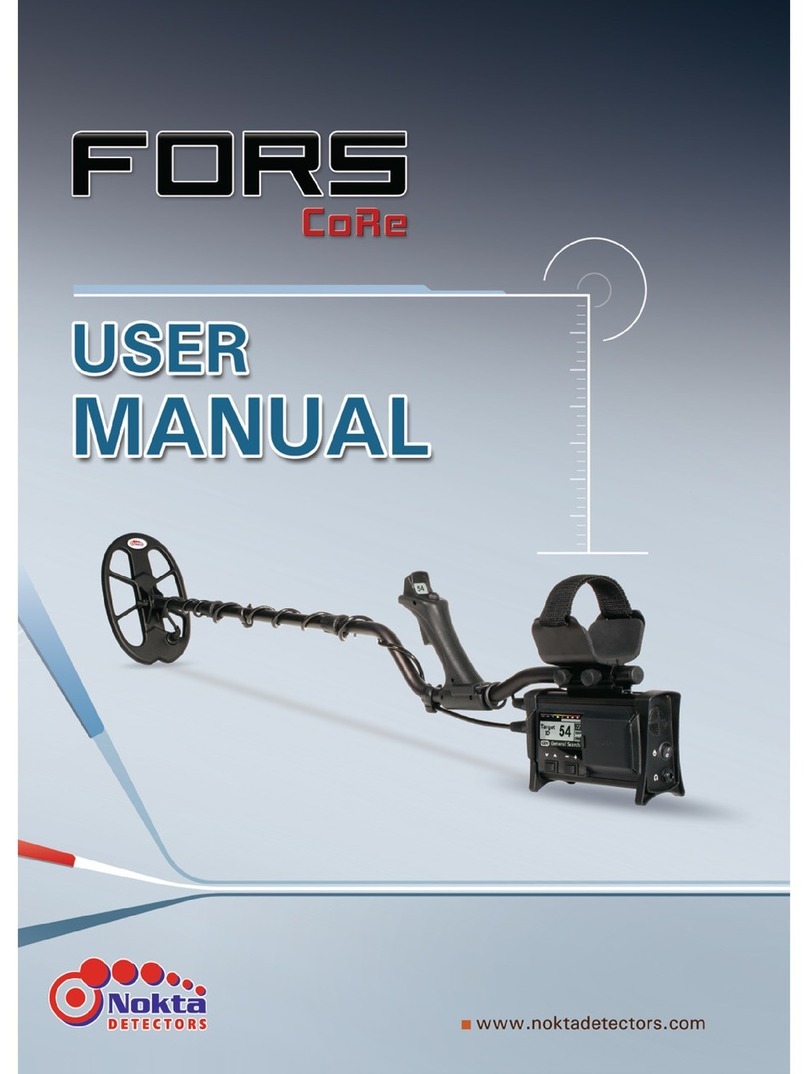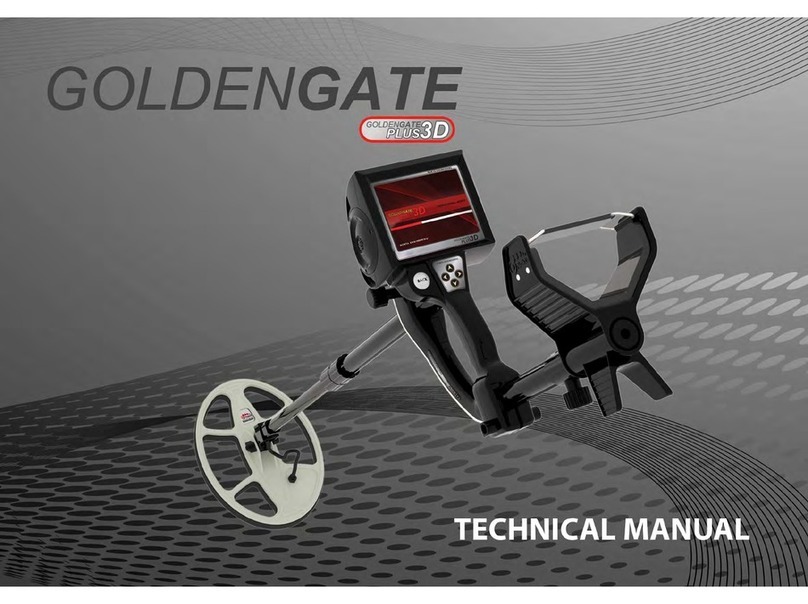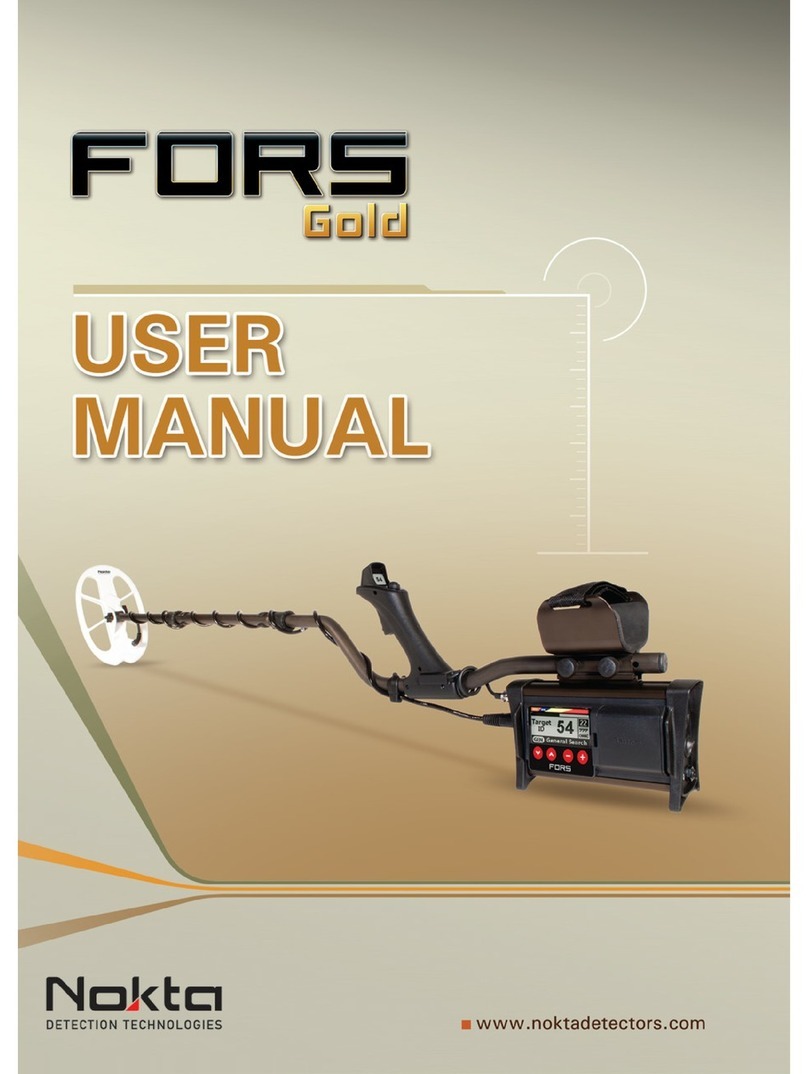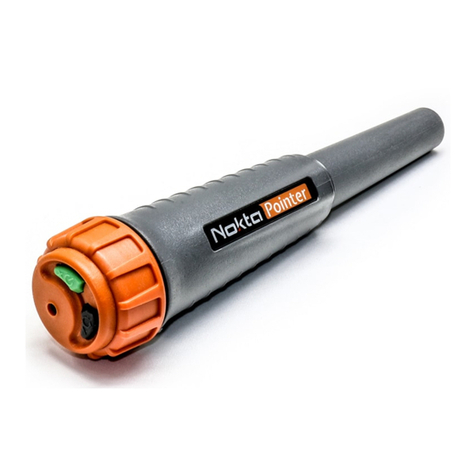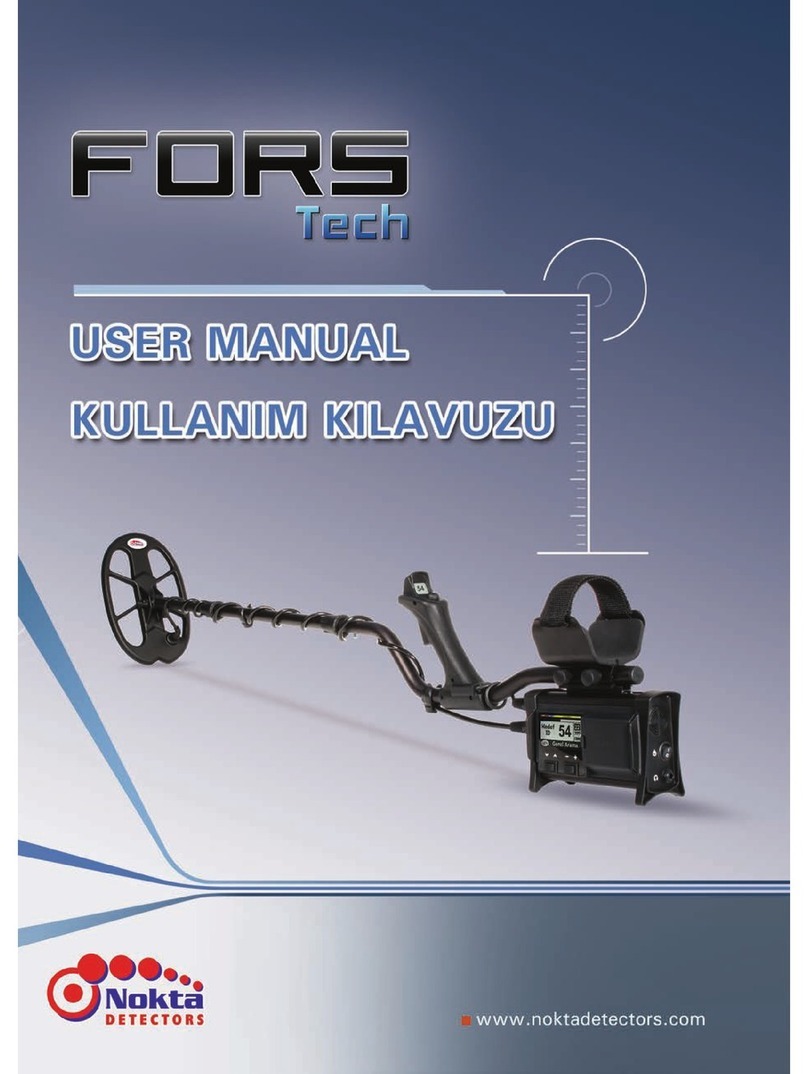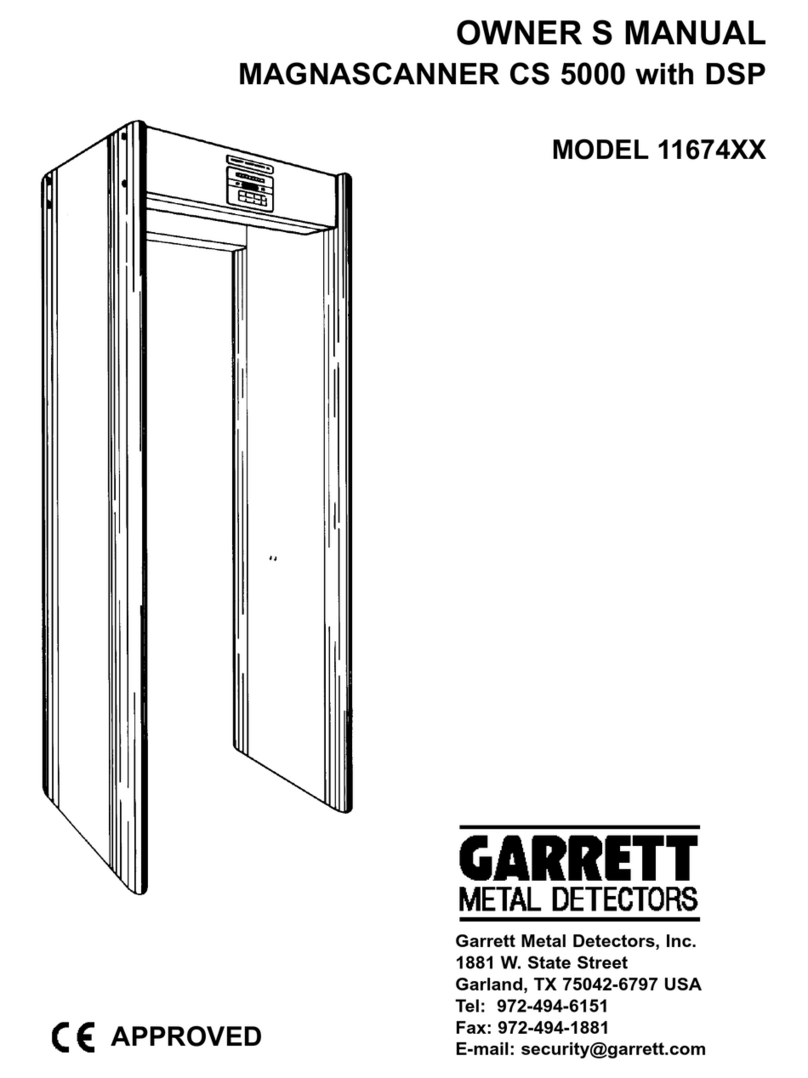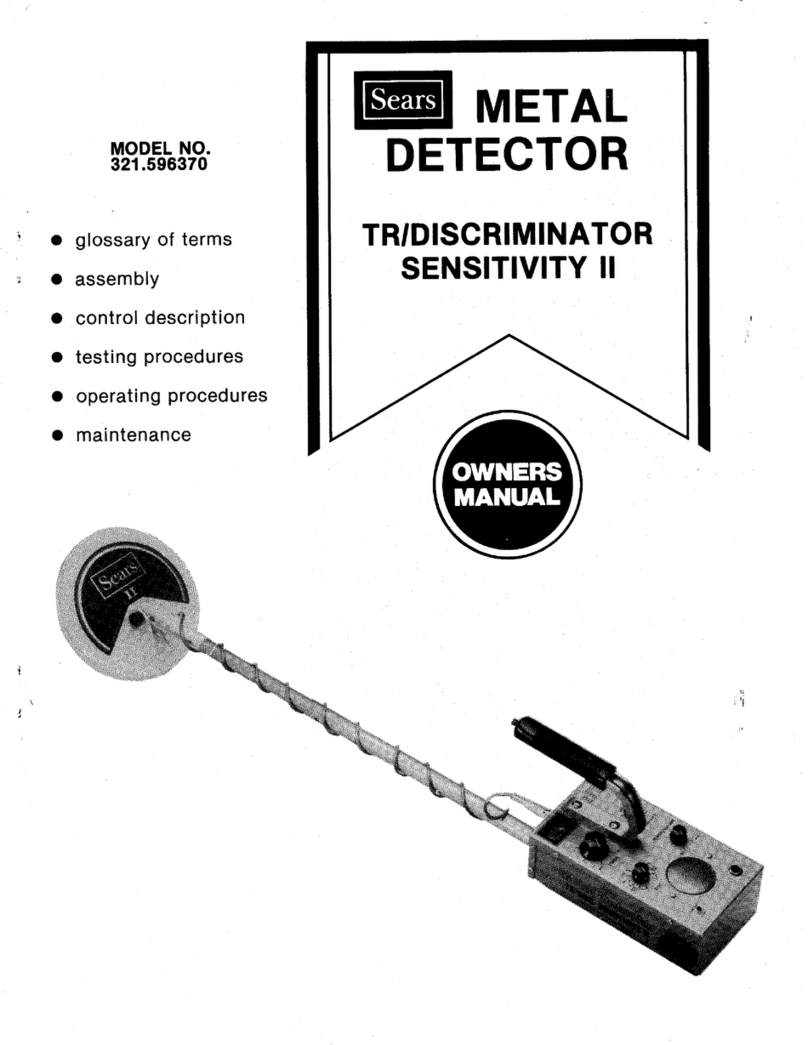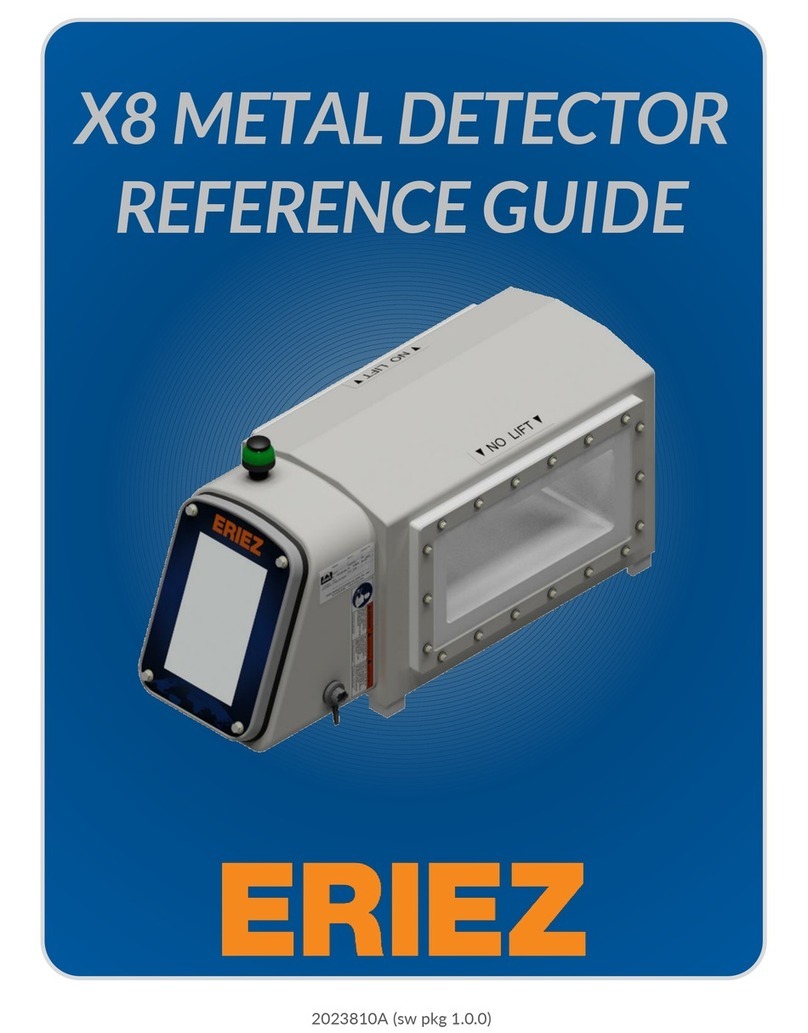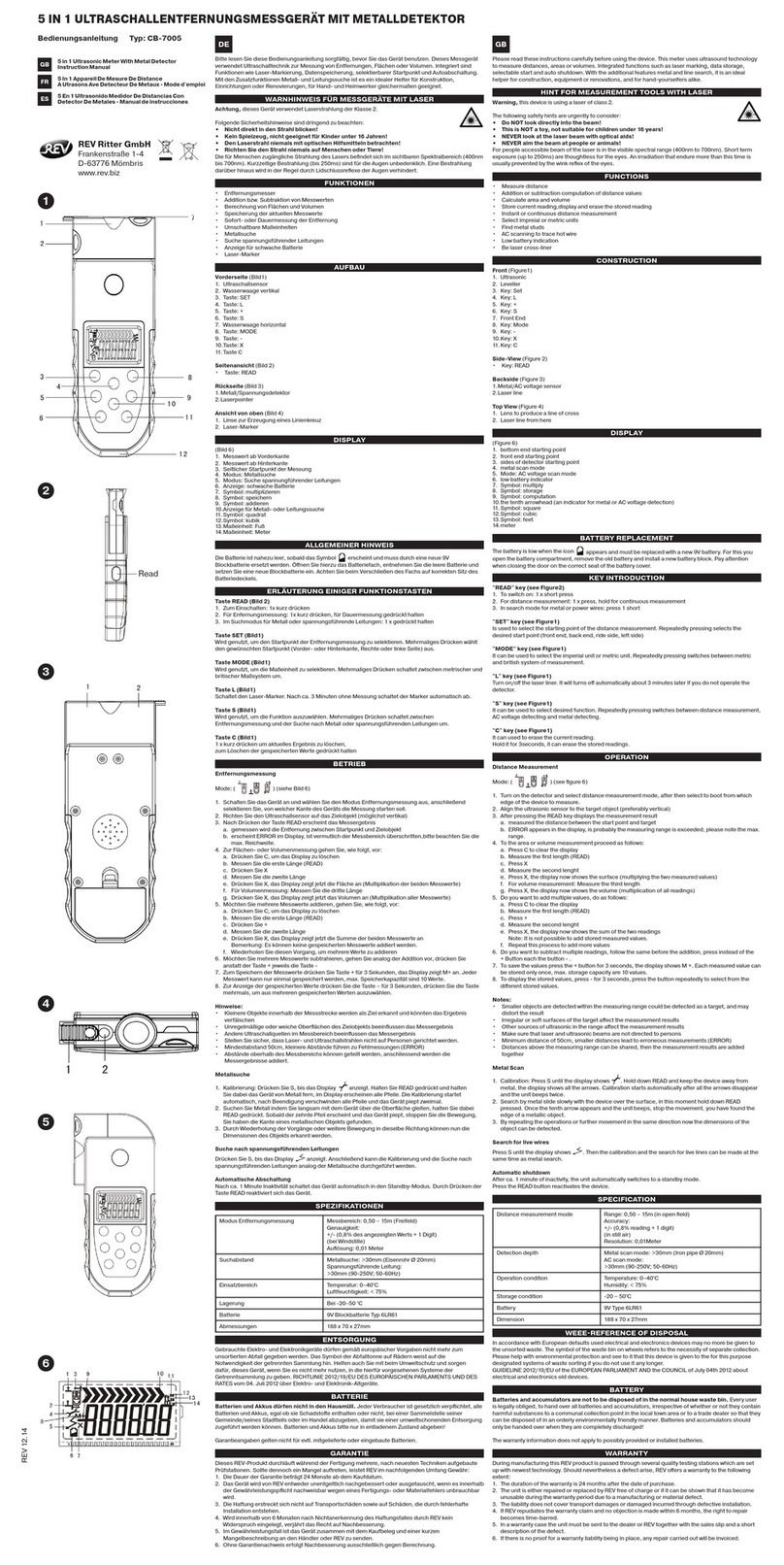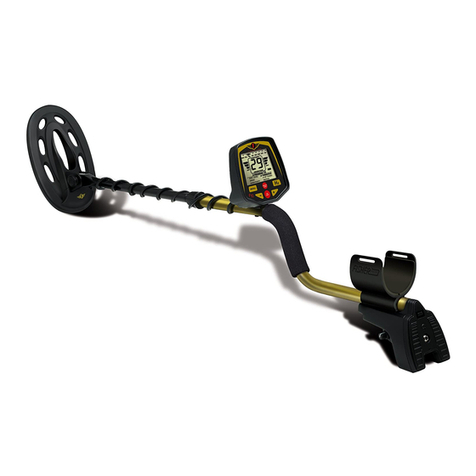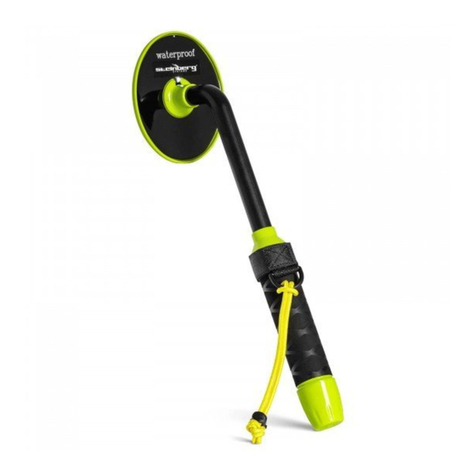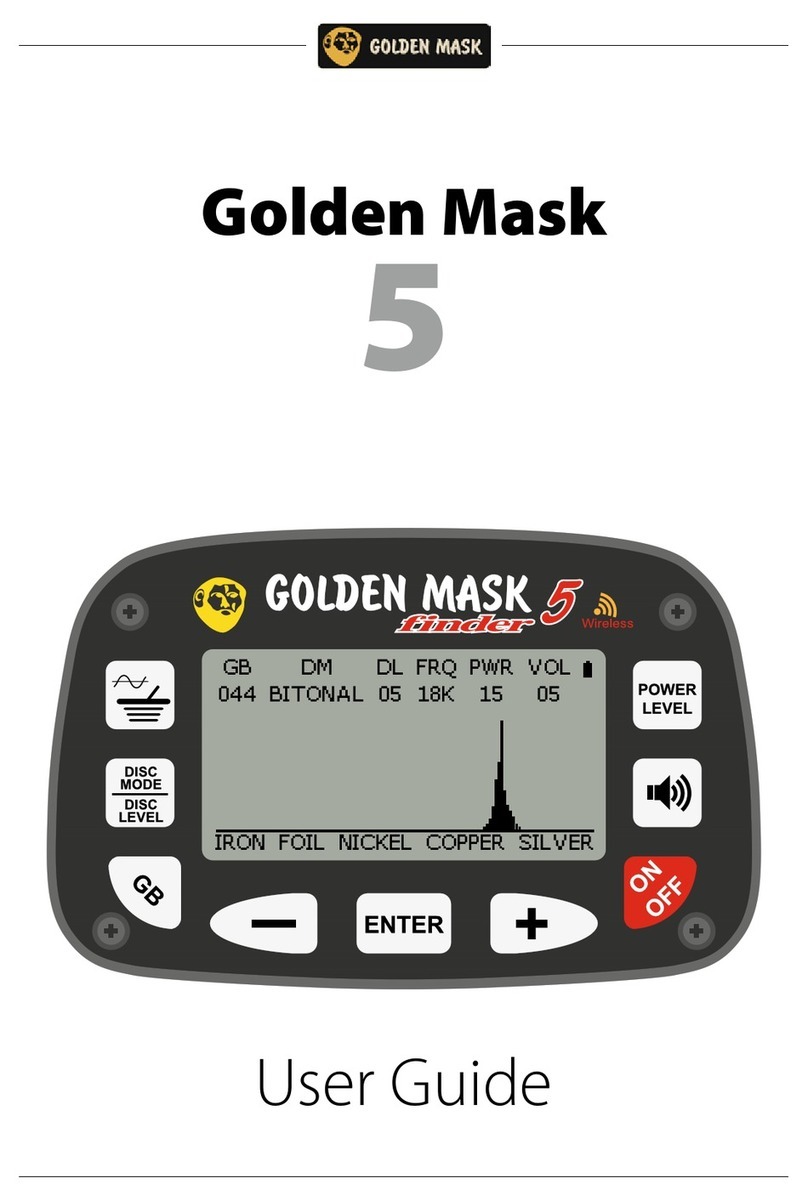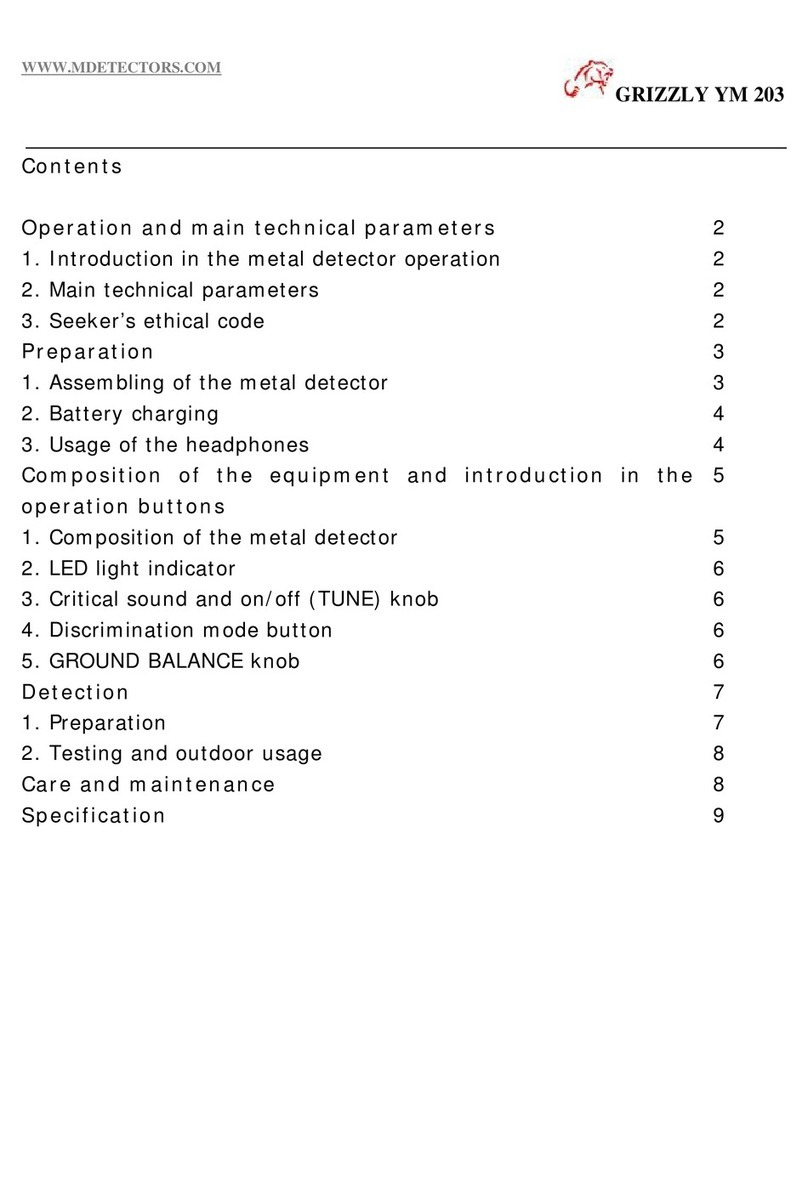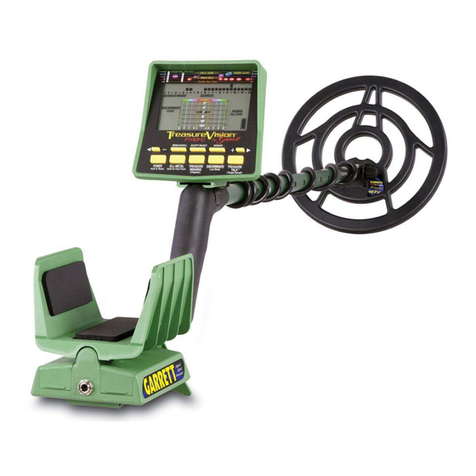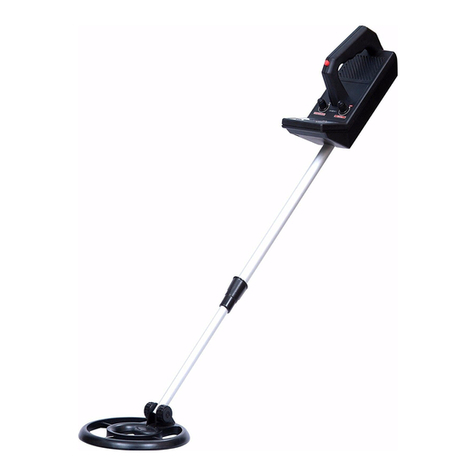
5
BATTERY INFORMATION
SCORE has an internal 3250mAh Lithium Polymer
battery.
Battery runtime varies between 5-12 hours. Factors
such as operating frequency, usage of speaker or
wired/wireless headphones, display backlight, LED
flashlight etc. will affect battery runtime.
Charging
Charge the SCORE before initial use.
Charging an empty battery will take approximately 3-4
hours.
To charge the battery, insert one of the ends of the
cable supplied with the device to the wired headphones
/ charger input socket and the other end to the
charging adapter.
You can use a regular, 5V 2A (minimum) USB power
adapter to charge the device. The charging time will
increase if you charge the device through the USB port
on a PC.
The green LED light flashes when the device is charging.
When charging is complete, the green LED lights up
steady and the battery icon shows 3 bars indicating
full charge.
Operating with a Powerbank
You can also power and charge the battery with
a powerbank. To do this, just insert one of the ends
of the cable supplied with the charger to the wired
headphones / charger input socket and the other end
to the powerbank. Please note that you will not be
able to attach wired headphones to the device when a
powerbank is attached to the device.
IMPORTANT! Do NOT use the detector underwater
while connected to a power bank.
WATERPROOF REPLACEABLE SPARE BATTERY
Optionally available separately, this waterproof and
rechargeable battery can be used when the device’s
internal Lithium Polymer battery is depleted and you
are unable to charge the battery.
Low Battery Level
Battery icon on the display shows the battery life
status. When the charge decreases, the bars inside the
battery icon decrease, too. When battery is depleted,
‘’Lo’’ message appears on display and the device shuts
down.
BATTERY WARNINGS
Do not expose the device to extreme temperatures (for
example a car’s trunk or glove compartment)
Do not charge the battery in temperatures over 35° C
(95° F) or below 0° C ( 32° F).
SCORE battery can only be replaced by Nokta Detectors
or its authorized service centers.

